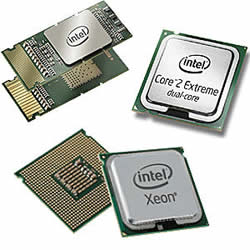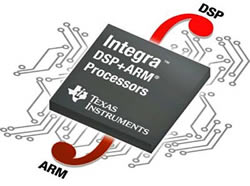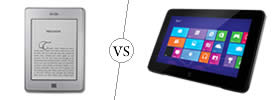Difference between DSP and Microprocessor
Key difference: A microprocessor incorporates the functions of a computer's central processing unit (CPU) on a single or few integrated circuits (IC). The purpose of a microprocessor is to accept digital data as input, process it as per the instructions, and then provide the output. The DSP processor, on the other hand, is a particular type of microprocessor. DSP stands for digital signal processing. It is basically any signal processing that is done on a digital signal or information signal.
 A microprocessor incorporates the functions of a computer's central processing unit (CPU) on a single or few integrated circuits (IC). The purpose of a microprocessor is to accept digital data as input, process it as per the instructions, and then provide the output. This is known as sequential digital logic. The microprocessor has internal memory and operates basically on the binary system.
A microprocessor incorporates the functions of a computer's central processing unit (CPU) on a single or few integrated circuits (IC). The purpose of a microprocessor is to accept digital data as input, process it as per the instructions, and then provide the output. This is known as sequential digital logic. The microprocessor has internal memory and operates basically on the binary system.
Most general purpose microprocessors are present in personal computers. They are often used for computation, text editing, multimedia display, and communication over a network. Other microprocessors are part of embedded systems. These provide digital control over practically any technology, such as appliances, automobiles, cell phones, industrial process control, etc.
The DSP processor, on the other hand, is a particular type of microprocessor. DSP stands for digital signal processing. It is basically any signal processing that is done on a digital signal or information signal. A DSP processor is a specialized microprocessor that has an architecture optimized for the operational needs of digital signal processing.
 DSP aims to modify or improve the signal. It is characterized by the representation of discrete units, such as discrete time, discrete frequency, or discrete domain signals. DSP includes subfields like communication signals processing, radar signal processing, sensor array processing, digital image processing, etc.
DSP aims to modify or improve the signal. It is characterized by the representation of discrete units, such as discrete time, discrete frequency, or discrete domain signals. DSP includes subfields like communication signals processing, radar signal processing, sensor array processing, digital image processing, etc.
The main goal of a DSP processor is to measure, filter and/or compress digital or analog signals. It does this by converting the signal from a real-world analog signal to a digital form. In order to convert the signal it uses a digital-to-analog converter (DAC). However, the required output signal is often another real-world analog signal. This is turn also requires a digital-to-analog converter.
Digital signal processing algorithms run on various platforms, such as general purpose microprocessors and standard computers; specialized processors called digital signal processors (DSPs); purpose-built hardware such as application-specific integrated circuit (ASICs) and field-programmable gate arrays (FPGAs); Digital Signal Controllers; and stream processing for traditional DSP or graphics processing applications, such as image, video.
The main difference between a DSP and a microprocessor is that a DSP processor has features designed to support high-performance, repetitive, numerically intensive tasks. DSP processors are designed specifically to perform large numbers of complex arithmetic calculations and as quickly as possible. They are often used in applications such as image processing, speech recognition and telecommunications. As compared to general microprocessors, DSP processors are more efficient at performing basic arithmetic operations, especially multiplication.
Image Courtesy: freezonal.com, embeddedstar.com









Add new comment